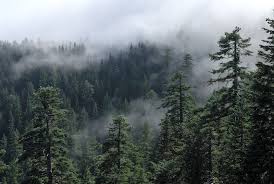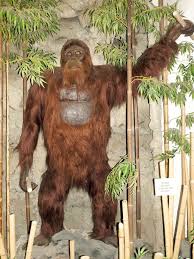Bigfoots Origin

The name “Sasquatch” was first introduced by John W. Burns, a schoolteacher living on the Chehalis Indian Reserve in British Columbia. The people of the Chehalis Indian Reserve told many stories, a prominent one being about wild hairy giants living in the forests of the Pacific Northwest Reserve. In 1929, Burns wrote an article for the Canadian magazine named Maclean’s sharing the local indigenous stories of a giant ape-like creature, creating the name Sasquatch, which translates to “wild man” from Chehalis language.
Meaning and Roots
The Chehalis people viewed Sasquatch as a spritual guardian who helped warn hunters of danger. He’s viewed as a forest guardian, protector of the wilderness. This original viewpoint has separated itself and now people have taken on different views of Sasquatch as being either a vicious creature or a chill guy. In 1800-1900, stories of wild men in the woods appeared in newspapers. Bigfoot didn’t start to gain more traction until August 27 of 1958, when lumberjacks in Northern California, discovered 16 inch footprints along a dirt road. Thus, the name Bigfoot was born.
Gigantopithecus

According to the Smithsonian magazine, an extinct species called the "Gigantopithecus", similar to the appearance of an orangutan, roamed South Asia around 300,000 years ago. Paleontologists discovered the fossils of this species which allowed them to estimate that they were 10 feet tall and weighed in at 1,200 pounds, similar to Bigfoots description. Scientists in China also concluded that after examining the Gigantopithecus's teeth fossils, its DNA resembled closer to a bear rather than an ape. Some people relate this pre-historic species to Bigfoot, believing it IS Bigfoot or his predecessor. However, we cannot be 100% sure that this is true. This would mean that Bigfoot is a descendant of a bear and not human related as initially thought to be.